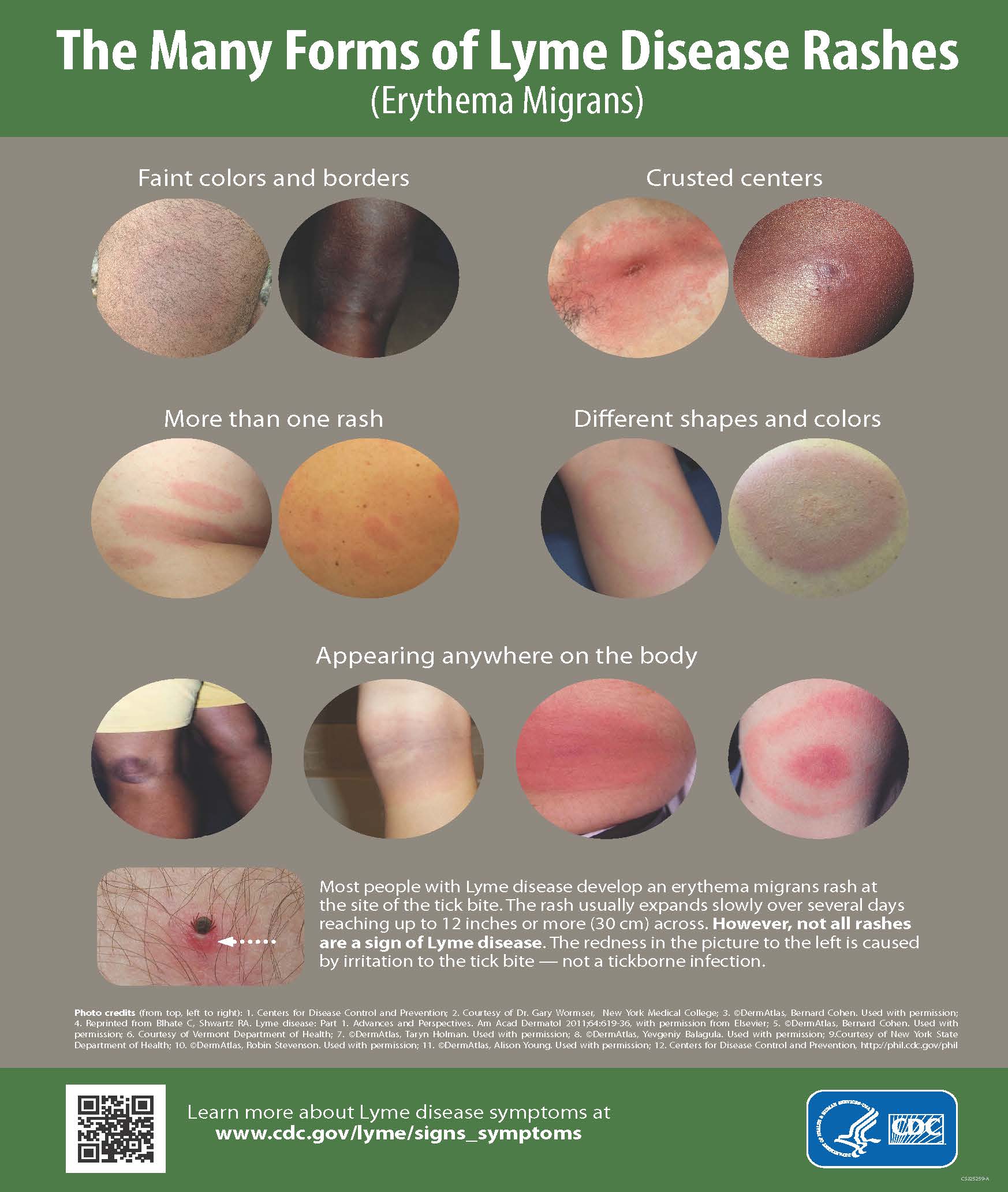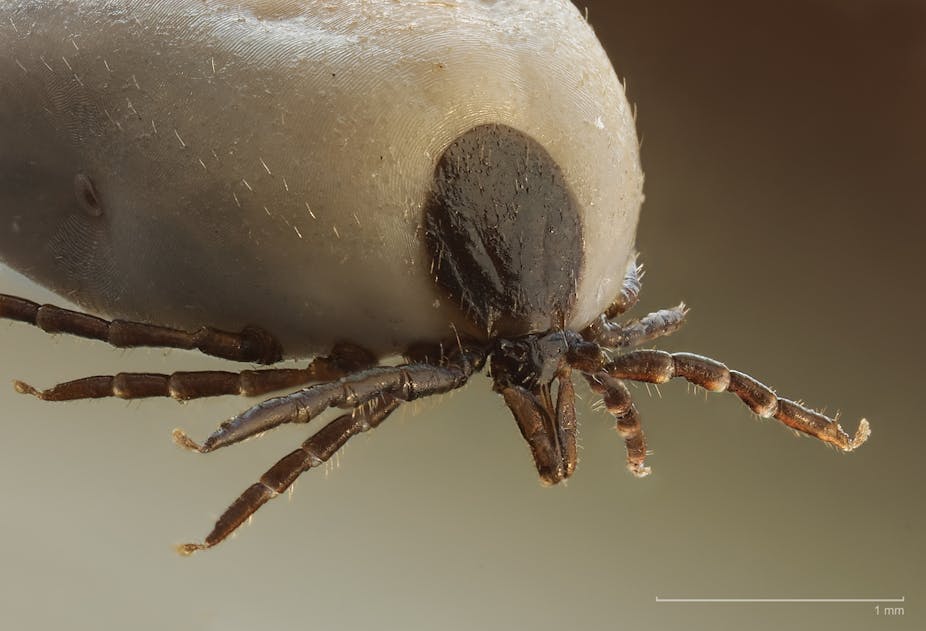Exploring the Resources Offered by Lymecare Alliance for Patients
Exploring the Resources Offered by Lymecare Alliance for Patients
Blog Article
Understanding Lyme Condition-- Necessary Understanding for Prevention
Lyme condition continues to be a substantial public health and wellness concern, mainly sent through the attacks of contaminated ticks, especially in areas with thick greenery. Understanding its transmission, signs, and safety nets is crucial for mitigating dangers related to this potentially incapacitating health problem. The early recognition of Lyme illness is vital, yet several individuals remain uninformed of its indications or the settings that position the greatest danger. As we discover the ins and outs of this disease, one need to consider not only the medical ramifications yet also the useful steps for reliable prevention. What strategies can really safeguard against this hidden risk?
What Is Lyme Illness?
If left unattended, Lyme condition can proceed to a lot more extreme phases, possibly impacting the joints, heart, and worried system. Patients may experience arthritis, neurological complications, or heart problems. The illness can be challenging to diagnose, as its symptoms can imitate those of other diseases. Diagnostic approaches normally entail a mix of scientific assessment and research laboratory testing, consisting of serological assays to discover antibodies versus Borrelia burgdorferi.
Prompt acknowledgment and treatment are important in handling Lyme illness and stopping problems, with very early antibiotic treatment generally bring about positive outcomes.
Exactly How Lyme Disease Spreads
Lyme illness largely spreads via the bite of contaminated black-legged ticks, likewise referred to as deer ticks, which carry the bacterium Borrelia burgdorferi. These ticks are generally discovered in verdant or wooded locations, typically residing on shrubs or reduced greenery. They call for a blood meal from a host, such as animals or human beings, to recreate and prosper.
Transmission typically takes place when ticks connect to the skin and continue to be for a prolonged duration, usually 24 to two days. The threat of infection increases with the duration of add-on, as the bacterium is transferred from the tick's saliva right into the host's bloodstream. Ticks can be energetic during warmer months, particularly in springtime and summer season, making outdoor activities a possible risk for exposure.
While black-legged ticks are the main vectors, various other species, such as the Western black-legged tick, can also transfer Lyme disease. It is vital to be alert in areas where ticks are widespread. Preventative steps include putting on protective garments, using tick repellents, and carrying out detailed tick checks after outside tasks to reduce the chance of attacks and succeeding transmission of Lyme condition.
Symptoms and Diagnosis
Acknowledging the signs of Lyme illness is critical for prompt medical diagnosis and therapy, as very early treatment can dramatically affect recuperation. One of the most well-known very early signs and symptom is the erythema migrans breakout, which looks like a round, red sore with a main cleaning, usually looking like a "bull's- eye." This breakout usually develops within 3 to 30 days after a tick bite and might be gone along with by flu-like signs such as fever, chills, fatigue, muscle aches, and frustrations.

Diagnosis of Lyme illness mostly depends on medical examination, taking into consideration the person's signs and symptoms and potential exposure to ticks in endemic areas. Research laboratory examinations, consisting of enzyme-linked immunosorbent assays (ELISA) complied with by Western blot examinations, can support the diagnosis but are not clear-cut in early-stage Lyme condition. Trigger recognition and medical diagnosis are vital Continued for starting suitable antibiotic therapy, which is most effective when administered early in the disease course.
Prevention Strategies
Stopping Lyme disease requires a proactive strategy, especially for individuals that hang out in areas where ticks prevail. The initial line of protection includes using suitable clothes, such as lengthy trousers and long sleeves, ideally made from securely woven materials - Lymecare Alliance. Light clothes can help in identifying ticks a lot more easily. Additionally, tucking trousers into socks and making use of tick-repellent products consisting of DEET or permethrin can considerably lower the risk of tick attachment.
Consistently evaluating oneself, children, and pet dogs for ticks after outside activities is critical. Ticks needs to be without delay removed making use of fine-tipped tweezers, realizing them as near to the skin's surface area as possible. It is a good idea to shower within 2 hours of returning indoors, as this can help eliminate ticks prior to they affix.

Therapy Alternatives
Effective management of Lyme disease hinges on prompt and suitable treatment alternatives, which mainly involve antibiotic therapy. Early local Lyme condition is generally treated with dental anti-biotics such as doxycycline, amoxicillin, or cefuroxime axetil for a duration of 10 to 21 days.
In instances of very early distributed Lyme illness, where neurological or cardiac symptoms might arise, a longer program of intravenous antibiotics or oral anti-biotics may be warranted. For people experiencing consistent signs and symptoms after first treatment, called Post-Treatment Lyme Condition Syndrome (PTLDS), a much more intricate administration technique might be called for. This can entail a multidisciplinary approach, dealing with not just the physical symptoms however likewise emotional elements, as fatigue and cognitive difficulties are typical.
It is crucial for clients to participate in open interaction with their doctor to customize treatment plans to their particular requirements, guaranteeing the most effective feasible results in the monitoring of Lyme condition.
Conclusion
Lyme illness presents substantial health threats mainly due to its transmission via infected black-legged ticks. Continued understanding and education and learning concerning Lyme condition are essential in alleviating its influence, thereby promoting healthier neighborhoods and guarding public health against this prevalent tick-borne ailment.
Lyme disease mainly spreads out via the bite of contaminated black-legged ticks, additionally known as deer ticks, which carry the bacterium Borrelia burgdorferi. Lymecare Alliance.While black-legged ticks are the primary vectors, other species, such as the Western black-legged tick, can likewise transfer Lyme illness. Preventative actions consist of putting on safety clothing, using tick repellents, and conducting extensive i loved this tick checks after exterior tasks to minimize the probability of bites and subsequent transmission of Lyme disease
Diagnosis of Lyme disease primarily counts on professional analysis, taking right into account the individual's signs and prospective exposure to ticks in native areas.Lyme disease positions significant wellness threats mostly due to its transmission through contaminated black-legged ticks.
Report this page